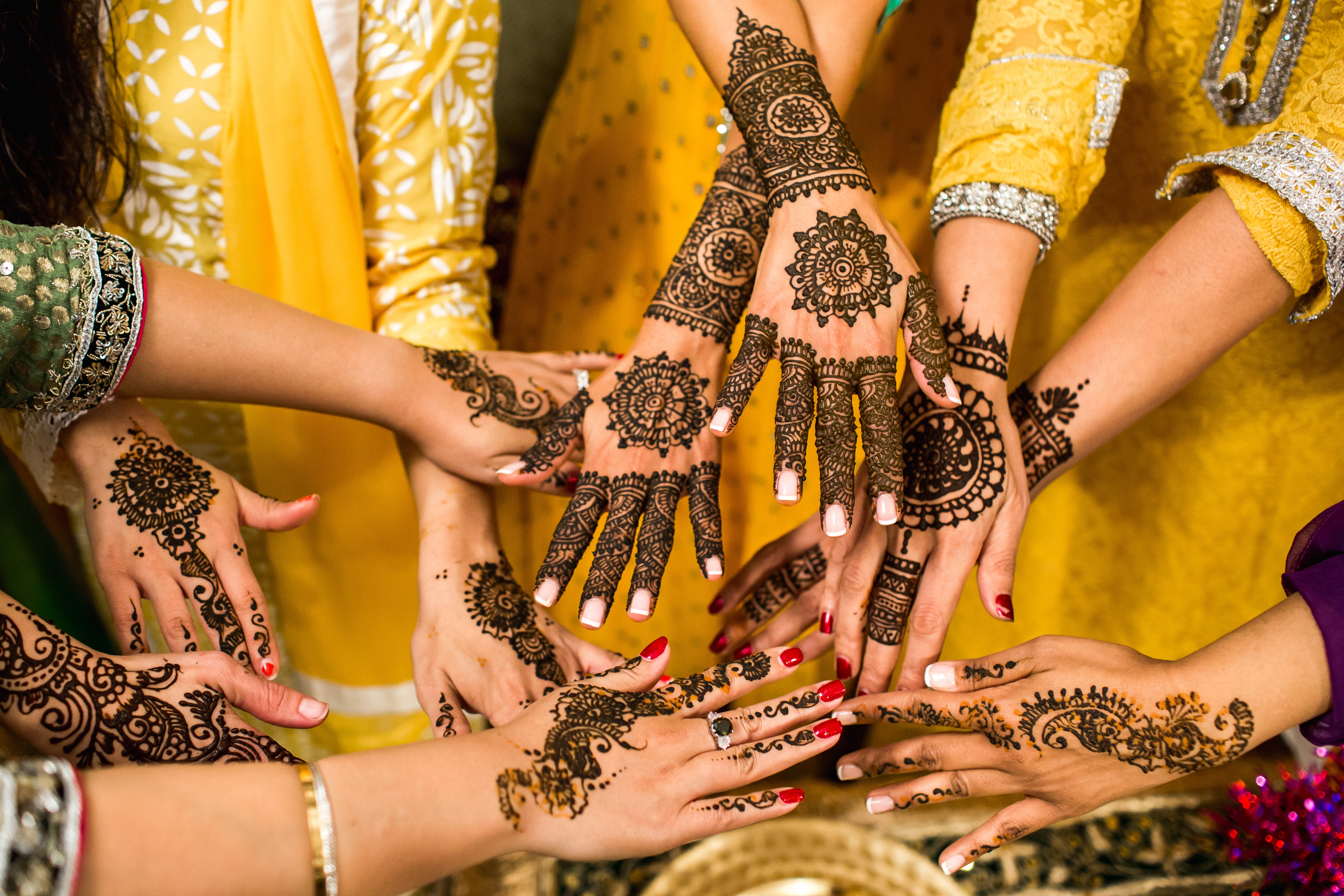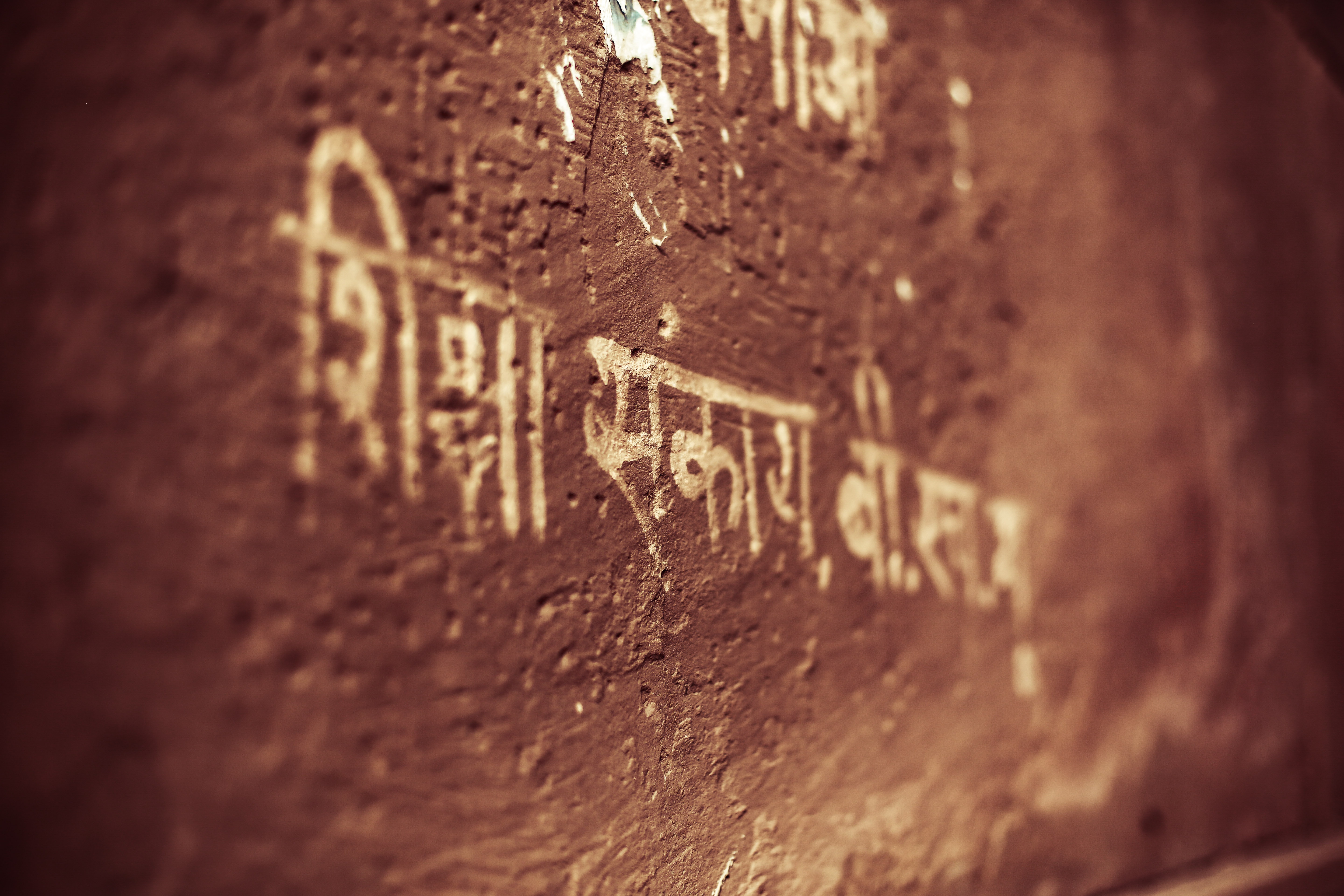Storytelling has different forms and mediums across the globe. But every story has a common purpose no matter the country, community or medium.
They are used to teach lessons, morals and to entertain people. Before TV, the internet and smartphones people were coming together to hear stories about their history, folklore and current events.
In this series, we explore the importance of traditional storytelling across various cultures.
India
 India being a land of diverse cultures has every state and district follow its own style of storytelling. While some narrate, others employ props like puppets, mask and even musical instruments. There are some that are told through the medium of dance and music.
India being a land of diverse cultures has every state and district follow its own style of storytelling. While some narrate, others employ props like puppets, mask and even musical instruments. There are some that are told through the medium of dance and music.
Katha is an Indian style of religious storytelling, performances of which are a ritual event in Hinduism. It often involves professional storytellers who recite Hindu religious texts such as Puranas, The Ramayana or Bhagavata Purana, followed by commentary. Kathas sometimes take place in households, involving smaller stories related to the genre. Kathas instill moral values by revealing the consequences of human action (karma).
South India has a long tradition of storytelling and religious discourse. Religious scholars were knowledgeable in the scriptures used for discourse in temples and monasteries. Wall paintings in temples and shrines across India also serve the purpose of interpreting and storytelling with a religious theme. The propagation of Hinduism and the creation of awareness in worshippers of the characters of the deities were aided by katha with imargery in temples.
There are three major katha tradtions: Purana-Pravachana, Kathakalakshepa and folk narratives.
Purana-Pravachana
Purana-Pravachana is a lecture about scriptures in which the pauranika is a spiritual interpreter of the scriptures. These stories generally have a religious theme, usually the life of a saint or a story from an indian epic.
Storytellers elaborate on the significance of the scripture read, providing several angles to look at a verse or word. Upanyasa or Pravachanas focus on Sanskrit and Tamil texts. Music is used sparingly to recite the scriptures. Reading the scriptures and presenting its meaning is the method used by pravachan storytellers.
 Kathakalakshepam
Kathakalakshepam
Stories with anecdotes, known as Kathakalakshepam, are told in Sanskrit, Tamil and Hindi. In these tales, a storyteller proficient in classical music, interweaves the main story with music, dance and digressions.
Kathakalakshepam literally means “narrating the stories of ancient text in a comprehensive manner to the common people.” The enthusiastic performer narrates, enacts and comments on episodes and themes from the mythological lore of India.
This type of storytelling demands the theological and literary competence of the storyteller. They must know the epics and the ancient texts. Being resourceful is a very important trait in a storyteller as they need to project the subject through the medium of music, spoken word and acting.
Folk Narrative
Folktales are often about kings and queens, brave hunters or clever animals. They include moral warnings to avoid lies or theft, not to be greedy and so on. There are many different stories, and each village has its own versions. Traditionally, mothers and grandmothers narrated or sang these stories to their children and grandchildren at home.
 In Andhra Pradesh (southeast India), folk narratives are known as burra katha. A burra is a drum shaped like a human skull. In this tradition, travelers narrate stories while beating the drum. In Tamil Nadu (southern India), folk narratives are known as Villu Paatu, the stories are told accompanied by a stringed instrument resembling a bow. The stories are heroic ballads and the medium is used to propagate social welfare programmes such as AIDS awareness, family planning and election information.
In Andhra Pradesh (southeast India), folk narratives are known as burra katha. A burra is a drum shaped like a human skull. In this tradition, travelers narrate stories while beating the drum. In Tamil Nadu (southern India), folk narratives are known as Villu Paatu, the stories are told accompanied by a stringed instrument resembling a bow. The stories are heroic ballads and the medium is used to propagate social welfare programmes such as AIDS awareness, family planning and election information.
Each region of India has developed its own style and tradition of storytelling in local languages. Epics and puranas—ancient stories of wisdom told in Snaskrit—are the story material common to most regions. The storyteller is versatile in their performance and able to interestingly narrate humorous anecdotes. The storyteller is seen as a teacher who is familiar with ancient texts in Sanskrit and other dialects. He interprets the religious and mythological texts of the past to the present generation.
